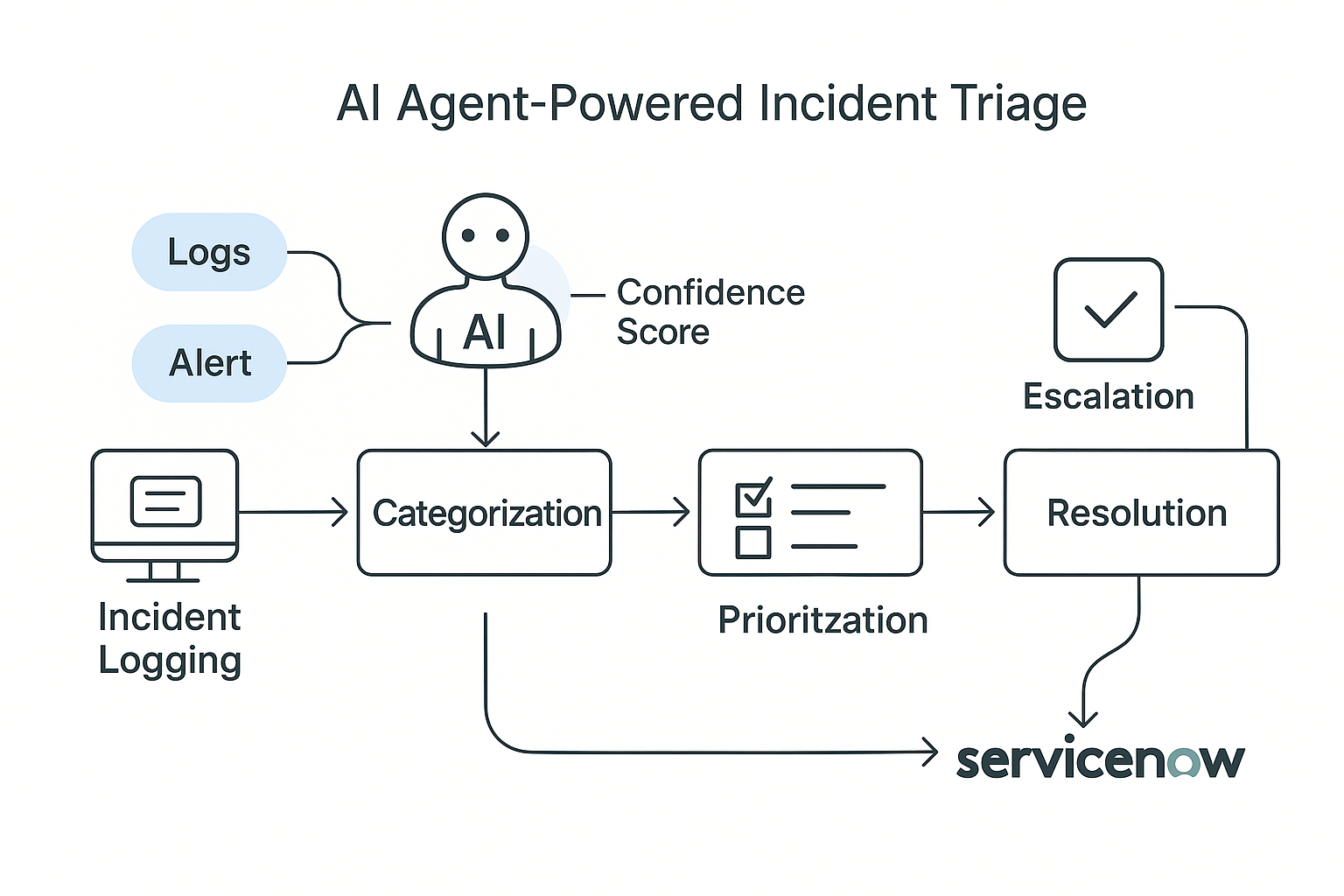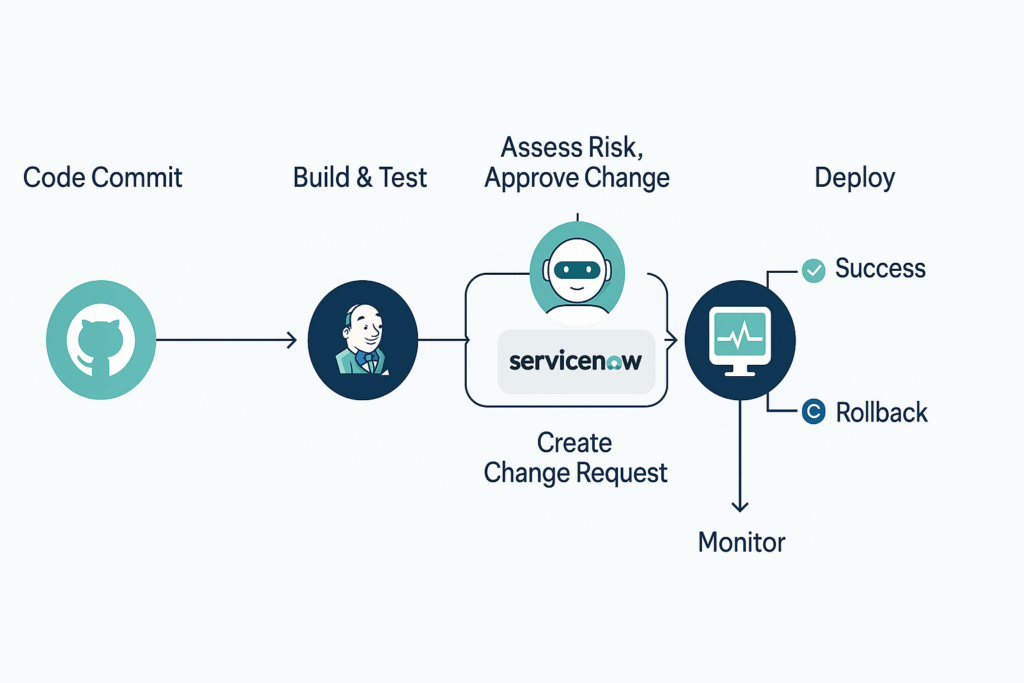Where Agentic AI Belongs: How to Spot, Sort, and Prioritize Opportunities,With a Real-World IT Department Example

The Map Before the Treasure: Why Opportunity Discovery Matters
Every business leader wants to ride the AI wave, but few know where to steer the ship. The real magic of agentic AI isn’t in sprinkling it across your org chart like glitter on a spreadsheet. It’s in strategically targeting the right use cases,those that thrive on autonomy, adaptivity, and context. According to McKinsey, fewer than 10% of AI pilots reach scale. The culprit? A lack of verticalized, purpose-built deployment. Agentic AI changes that equation.
Hallmarks of a Good Candidate for Agentic AI
Agentic AI is not automation by another name. It shines in workflows where:
Decisions aren’t binary, but nuanced and context-driven
Tasks span multiple steps, systems, or stakeholders
Environments shift dynamically, requiring ongoing recalibration
Think beyond spreadsheets and dashboards. Think of agents handling incident escalation, orchestrating deployment pipelines, or crafting responses from troves of customer input. As EY and Publicis Sapient point out, these traits move agentic AI beyond RPA and into truly intelligent territory.
Opportunity Archetypes: A Simple Classification Framework
To make identification easier, here are three broad archetypes:
Decision Delegators: Agents that triage, prioritize, and route high-volume workflows
Autonomy Amplifiers: Agents that handle complex, semi-structured task execution (like DevOps or customer onboarding)
Insight Synthesizers: Agents that ingest vast data and return digestible, actionable summaries
Our IT Department Use Case: Agentic AI + ServiceNow
Let’s ground this in a real-world scenario: a mid-sized IT department supporting enterprise systems, using ServiceNow for incident and change management.
Use Case 1: Incident Triage & Resolution
In this setup, an agent operates continuously alongside ServiceNow. It:
Ingests live incident data, correlated alerts from tools like Datadog and Splunk, and historical resolution records.
Uses anomaly detection to cluster incidents, applying context to group similar problems across systems.
Automatically applies known remediation playbooks (like restarting services or clearing cache) for common issues.
For unresolved cases, the agent drafts incident escalation notes that include root cause hypotheses, recent change logs, and potential resolver teams.
This doesn’t just save time, it reduces noise. Tier 1 engineers focus on edge cases, while the agent handles routine triage with a confidence score attached to every decision.
Real-world proof: ServiceNow Now Assist AI Agents have achieved an 18% drop in escalated incidents and a 33% improvement in resolution time. LMTEQ’s self-healing desk deployment at a hospital slashed MTTR by 52% and eliminated patient-facing disruption.

Use Case 2: CI/CD Automation with Integrated Change Management
Here, the agent is embedded in the DevOps lifecycle:
Watches for code merges in GitHub or Bitbucket.
Triggers builds using Jenkins or GitHub Actions, and runs a custom test suite.
Upon passing tests, it logs a change request in ServiceNow, dynamically fills out risk classification based on code diff analysis, and routes for approval.
Once approved, it schedules and executes deployment to staging or production.
Post-deployment, it monitors system performance metrics. If latency spikes or error rates rise, it initiates a rollback, logs the anomaly, and notifies the release manager.
Real-world proof: Microsoft + ServiceNow deployed a multi-agent system for managing P1 incidents that integrated Copilot, Now Assist, and Semantic Kernel to manage triage, logging, and execution across platforms—proving this orchestration is achievable today (Astreya).

Prioritization Matrix: How to Rank the Opportunities
Use a lightweight matrix:

Start with high-impact, low-lift areas where agent adoption won’t trigger rebellion.
External Use Cases: You're Not Alone
HSBC uses agentic AI to automate up to 90% of back-office workflows (Financial News).
Synthflow deploys voice agents handling support tasks under 400ms (Business Insider).
Qualtrics is building multi-agent systems that turn customer feedback into instant actions (Business Insider).
These examples show agentic AI is already escaping the lab and entering real operations.
Red Flags: Where Agentic AI Doesn’t Fit
Not everything needs a brain. Avoid deploying agents in:
Simple, repetitive tasks (better for scripts or RPA)
High-risk areas with unclear auditability
Workflows without stable objectives or ownership
Quick Fit Checklist
Does it require real-time decision-making?
Are steps sequential but context-sensitive?
Is there system-to-system orchestration?
Can we monitor or override the agent?
Conclusion: Ready to Build?
Once you’ve mapped where agentic AI fits, the next step is building the thing right. In the next post, we’ll walk through how to design and implement agentic systems,from architecture to human-in-the-loop to post-deployment governance.
Your business has use cases hiding in plain sight. Time to uncover them, classify them, and prioritize for real impact.